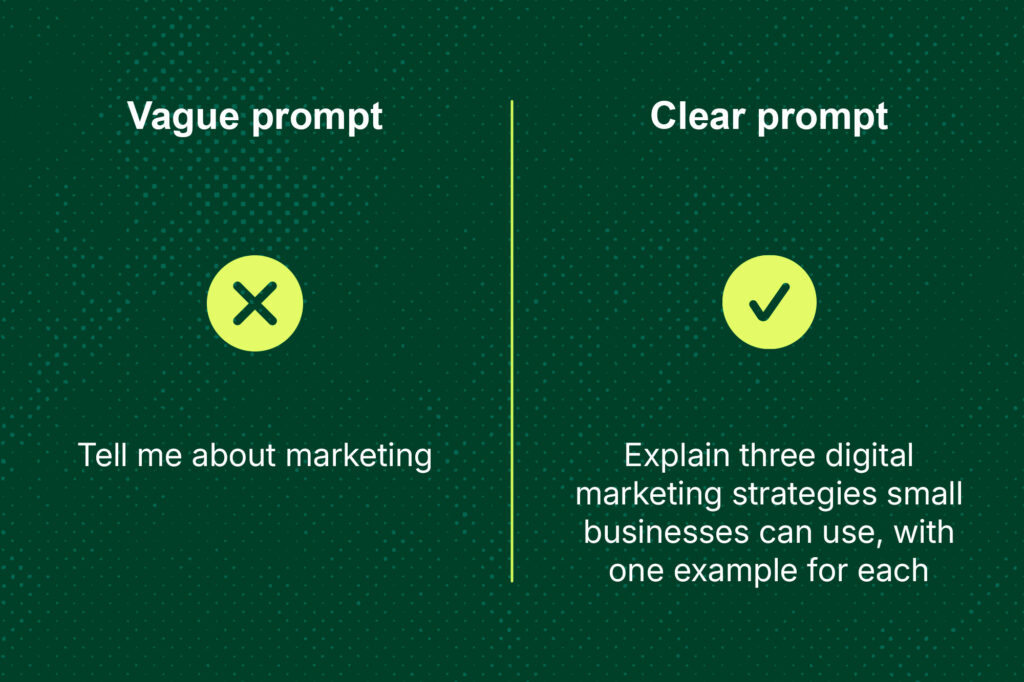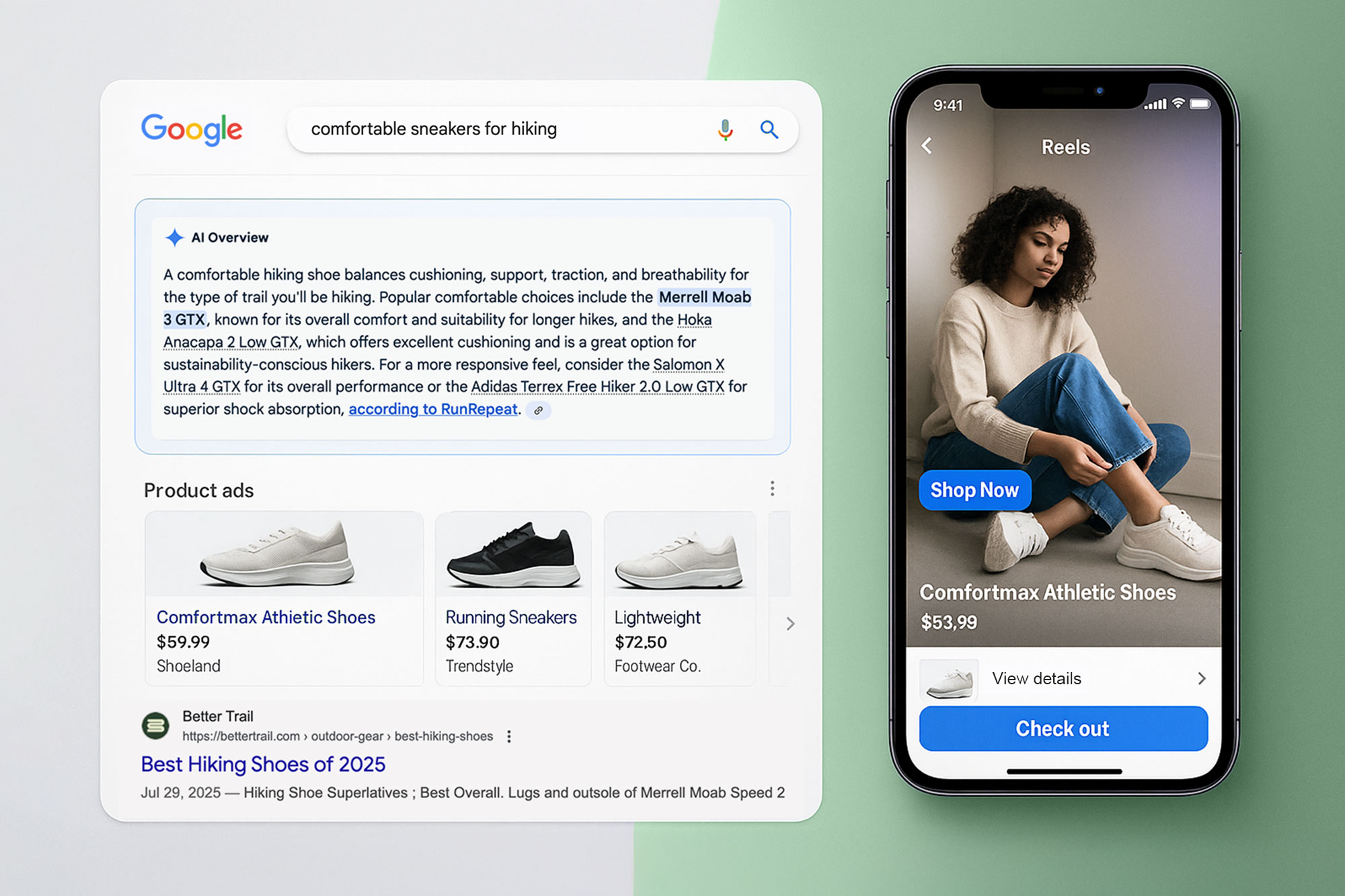What Is Prompt Engineering?

Prompt engineering is the practice of crafting clear, structured instructions that guide AI models like ChatGPT, Claude, or Gemini to generate accurate and useful results. The way you phrase your request dramatically affects the output.
For example:
- Vague prompt: “Tell me about marketing.”
- Clear prompt: “Explain three digital marketing strategies small businesses can use, with one example for each.”
The second produces a more structured, actionable answer.
Why Prompt Engineering Matters
AI models are powerful, but they can also generate errors—known as hallucinations. Research has shown that even the most advanced models benefit from better prompts. For example, a 2022 study on Generated Knowledge Prompting found that adding structured, context-rich statements improved AI performance by up to 10% across reasoning tasks (Liu et al., 2022). In other words: better prompts = better answers.
Best Practices for Prompt Engineering
1. Be Specific
Add details and constraints. Instead of “Write about AI,” try “Write a 300-word blog post about how AI is used in healthcare marketing.”
2. Provide Examples (Few-Shot Prompting)
Just like teachers use examples to guide learning, providing a sample input/output in your prompt shows AI the format you want.
3. Break Down Complex Tasks
Split larger requests into steps. For example:
- Step 1: “List three challenges in online shopping.”
- Step 2: “Suggest AI solutions for each challenge.”
4. Assign Roles
Frame your prompt with “act as” instructions, e.g., “Act as a marketing strategist and write a campaign brief for a skincare brand.”
5. Iterate and Refine
According to OpenAI, prompt iteration is essential—users often adjust prompts 2–3 times to get the desired output.
Real-World Applications
Prompt engineering isn’t just for researchers. Businesses are using it to:
- Marketing: Generate ad copy and A/B test headlines.
- Customer Service: Train chatbots with realistic, on-brand responses.
- Education: Summarize research papers or explain complex topics simply.
- Content Creation: Scale blogs, scripts, and product descriptions.
In fact, a 2023 McKinsey report found that generative AI could contribute $2.6 to $4.4 trillion annually across industries—proof of how effective prompts directly fuel business impact.
Final Thoughts
Prompt engineering is less about coding and more about asking better questions. By being specific, adding context, and experimenting, you can unlock the full potential of AI in your work.
The Liu et al. study reminds us that AI performs best when guided thoughtfully—turning vague reasoning into step-by-step clarity.
Curious how prompt engineering could transform your workflows? Let’s explore how AI can scale content, save time, and spark creativity for your brand. Contact us today to get started.








